Unlocking the DBQ Format: The key to conquering the Document-Based Question lies in understanding its structured format, allowing you to effectively analyze documents and craft a compelling historical argument. This guide will equip you with the tools and strategies to master the DBQ and excel in your AP History exams.
Understanding the DBQ
A DBQ (Document-Based Question) is an essay question used in AP History exams (AP US History, AP European History, and AP World History) to assess your ability to analyze historical documents and construct a persuasive argument based on evidence. It evaluates historical thinking skills, analysis, synthesis, and argumentation, specifically focusing on interpreting and utilizing primary source documents. Think of the DBQ like building a case: you’re presented with evidence (the documents) and you must build a compelling argument to answer the prompt.
Mastering the DBQ Format
The DBQ format provides a framework for organizing your analysis and presenting a cohesive argument. Understanding this structure is crucial for success.
Crafting Your Introduction
Your introduction sets the stage and presents your central argument.
- Contextualization: Begin by placing the topic within its broader historical context. What relevant events or trends shaped the period? This demonstrates a deeper understanding.
- Thesis Statement: This concise statement directly addresses the prompt and presents your main argument. A strong thesis is the foundation of your essay.
Building Your Body Paragraphs
Each body paragraph develops a specific aspect of your thesis using evidence and analysis. Organize thematically rather than chronologically.
- Topic Sentence: Start each paragraph with a clear topic sentence that introduces the main idea.
- Document Analysis: Use evidence from the documents to support your claims. Quote or paraphrase strategically, explaining the significance of each piece of evidence. Cite documents appropriately (e.g., Document A). Conduct HIPP (Historical Context, Intended Audience, Purpose, Point of View) analysis on at least three documents to demonstrate your analytical skills. Some experts believe that HIPP analysis is the cornerstone of a successful DBQ.
- Outside Evidence: Integrate relevant historical information beyond the provided documents. This shows a broader understanding and strengthens your argument. There is ongoing debate about the optimal balance between document analysis and outside evidence, suggesting further areas of study for students.
- Analysis and Reasoning: Don’t just present evidence; explain how it supports your topic sentence and thesis. Explore connections between documents and acknowledge potential contradictions or differing interpretations.
Writing a Strong Conclusion
Your conclusion summarizes your argument and leaves a lasting impression.
- Restate Thesis: Rephrase your thesis to reinforce your main argument.
- Summarize Main Points: Briefly remind the reader of the key evidence and arguments you presented.
- Concluding Thought: Offer a final reflection, connect your argument to a broader historical context, or suggest areas for further investigation. Acknowledging the limits of current knowledge and highlighting areas of active study can demonstrate a nuanced understanding of history.
DBQ Length and Paragraphing Strategies
While a five-paragraph essay (introduction, three body paragraphs, conclusion) is a common structure, the number of body paragraphs can be flexible. Three well-developed body paragraphs, each exploring a distinct facet of the prompt using evidence and analysis, can be more effective than multiple superficial paragraphs. The “3-paragraph DBQ” misconception likely originates from focusing solely on the body paragraphs. It’s likely more effective to organize your essay by complexity of the argument, ensuring that you thoroughly support your thesis and address multiple perspectives.
Dive into the world of compound inequalities to hone your analytical skills, which are valuable for dissecting historical arguments in the DBQ. These analytical skills also benefit language acquisition, as seen in learning to conjugate lavarse and understand the nuances of reflexive verbs.
Strategies for DBQ Success
- Time Management: Practice pacing yourself to ensure you have enough time for each stage of the writing process.
- Active Reading: Carefully analyze documents, annotating key information and identifying connections.
- Strong Thesis: A clear and concise thesis statement is essential for a focused and persuasive essay.
Common Pitfalls to Avoid
- Summarizing vs. Analyzing: Don’t simply retell the documents; analyze their significance and how they support your argument.
- Neglecting Outside Evidence: Incorporating outside knowledge demonstrates a deeper understanding and strengthens your analysis.
- Ignoring Complexity: Aim for nuanced arguments that acknowledge multiple perspectives and counterarguments.
DBQ Key Points
- The DBQ assesses analytical skills, not just factual recall.
- Structure your essay with a clear introduction, well-developed body paragraphs, and a concise conclusion.
- Use documents strategically as evidence, and don’t neglect HIPP analysis.
- Integrate outside knowledge to strengthen your argument.
- Aim for complexity by acknowledging counterarguments and exploring multiple perspectives.
By understanding the DBQ format and employing effective strategies, you can confidently tackle this historical challenge and demonstrate your analytical prowess.
- Discover Famous Chinese People: A Deep Dive into History’s Impact - April 19, 2025
- The War I Finally Won: Ada’s WWII Journey of Healing - April 19, 2025
- How the Telephone Revolutionized Business: A Historical Perspective - April 19, 2025
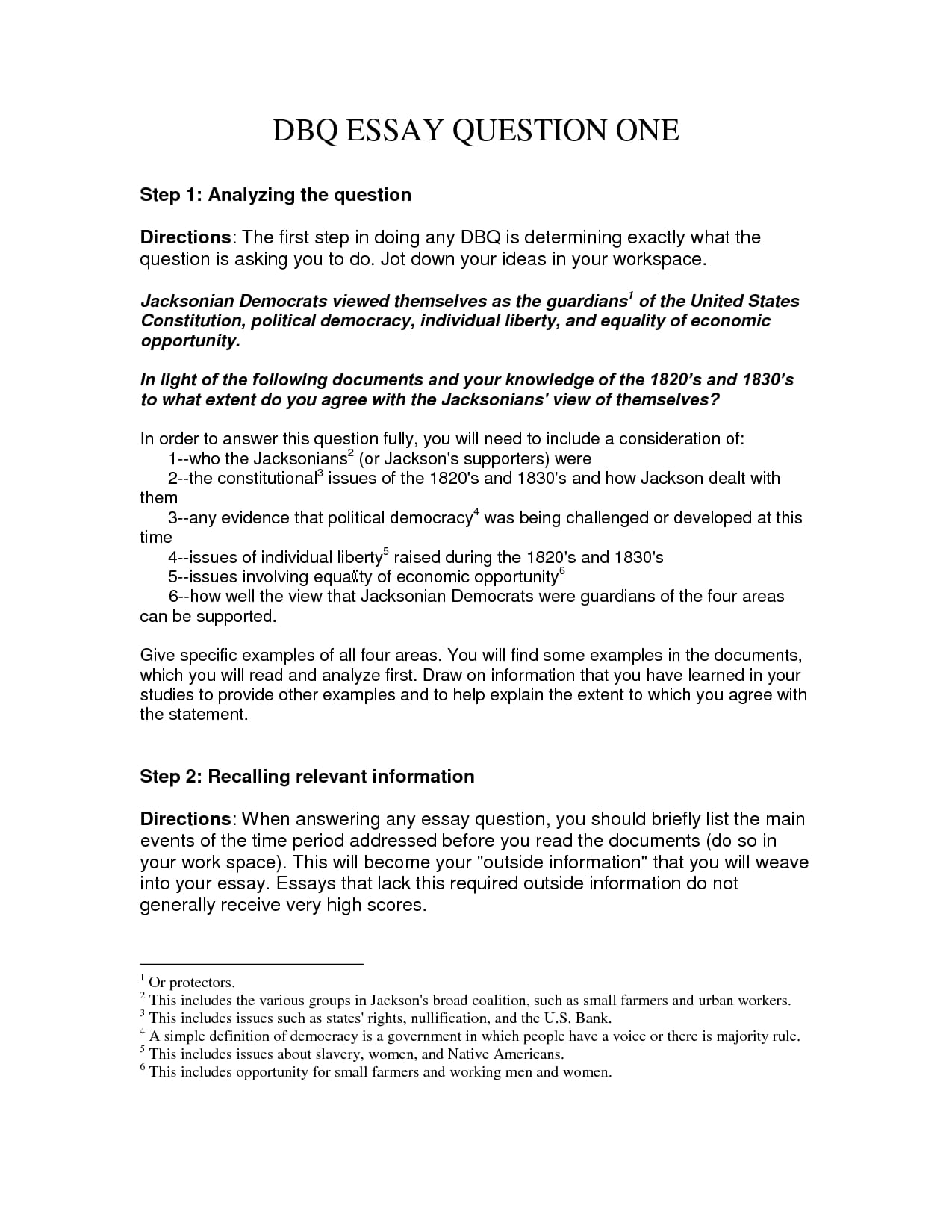
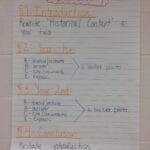
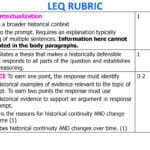
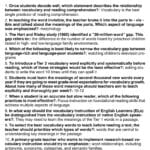
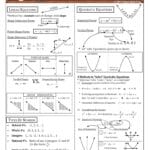












2 thoughts on “Deconstructing the DBQ Format: A Comprehensive Guide for AP History Exams”
Comments are closed.